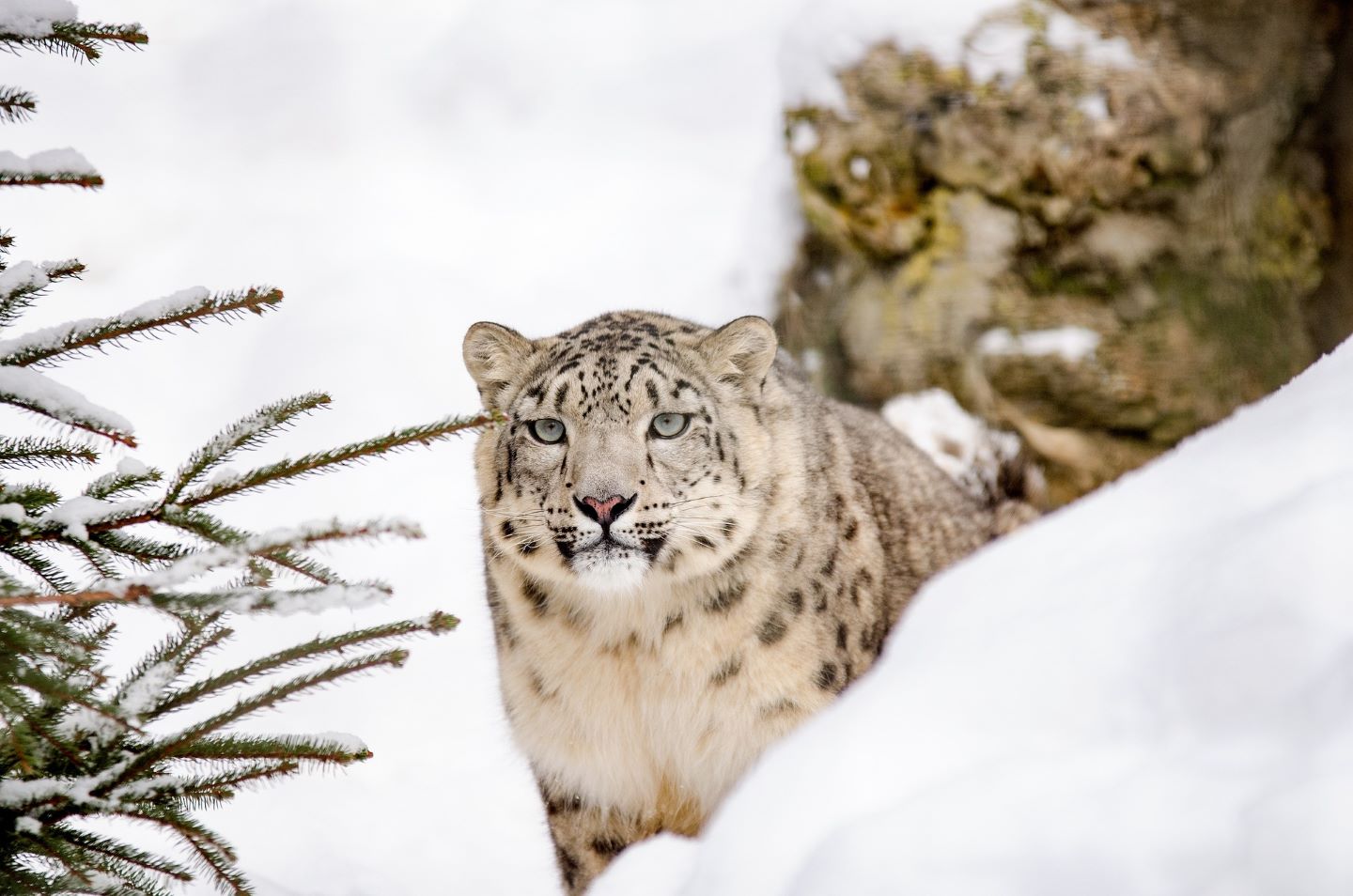An ethereal charisma paired with drastic and increasingly innovative conservation across almost 800,000 square miles of mountainous terrain places the snow leopard in the cold, harsh light of cultural and ecological significance. Technology, with hope, will help send the spotted megafauna back into the snowy obscurity of ongoing survival that their biology and ecology should provide. Once profoundly endangered, the snow leopard is now ‘only’ vulnerable. With the snow leopard population now estimated to be between 7,000 and 10,000, double that of ten years ago, how has such a profound turn-around been achieved?
Can AI tell you if a leopard changes its spots?
The Snow Leopard Trust, a Seattle-based nonprofit, combined camera traps and AI to help track snow leopard numbers. Its image classification system, which relies on deep neural networks and trained AI to help analyse thousands of photos obtained from camera traps across the region, has been crucial to conservation efforts. Previously, image classification had to be done manually by nonprofit volunteers, with a considerable and growing backlog.
By using AI, conservationists save time, have more efficient resource use, and can access critical data faster to ensure a higher level of protection for snow leopards than ever before. The system can even identify individual snow leopards by their spots, enabling specific health monitoring and providing insight into cub survival rates. With staffing difficulties and an expanse of thousands of miles, technological innovation has been fundamental to expanding and improving the scope of protection.
Cats, goats, and the mountains (and people) in between
The ethical quandary of the growth of snow leopard conservation is positioned against the debilitation of an already difficult livelihood for farmers living at altitudes between 10,000ft and 20,000ft. The average annual wage for farmers local to the Hindu Kush, Karakoram, and the Himalayas is a meagre $500, with snow leopards a direct threat to their livelihoods. Around 25% of a snow leopard’s diet is made up of domestic livestock. In Pakistan, it is almost 50%.
Increasingly tense border relations between 12 counties that compose the snow leopard’s region do not help. The Indian Army even codenamed its campaign to restore control in Eastern Ladakh from China Operation Snow Leopard. Challenges to regional cooperation and fragmented conservation programmes help to facilitate poaching, while the presence of armed forces near snow leopard habitats can disturb their natural behaviour and worsen habitat degradation.
Snow leopard insurance and snow leopard clubs
Conservation is most successful when the local community is recognised as part of the process. Building local support for conservation schemes provides a ready, willing, and able set of personnel who can dually benefit from the success of conservation. Poaching, habitat loss, and retaliatory killings are serious threats and make community involvement critical. Snow leopard clubs such as those in Nepal directly involve local youths in their conservation efforts. Insurance and reimbursement programmes are designed to compensate farmers who bear a heavy economic burden for the loss of livestock while sharing the landscape with snow leopards.
How well do you really know your competitors?
Access the most comprehensive Company Profiles on the market, powered by GlobalData. Save hours of research. Gain competitive edge.

Thank you!
Your download email will arrive shortly
Not ready to buy yet? Download a free sample
We are confident about the unique quality of our Company Profiles. However, we want you to make the most beneficial decision for your business, so we offer a free sample that you can download by submitting the below form
By GlobalDataThe highest cat is getting higher
The nascent success of snow leopard conservation helps to re-emphasise the imperative of thoughtful and intentional ecological activity. Considering who and what becomes affected by anthropogenic changes to the environment is fundamental to preventing the need for conservation efforts of such a scale.
Technology will continue to be vital both in the direct conservation of snow leopards themselves and also as a tool to improve the resilience of the communities who share the mountains with them. Re-imagining snow leopard conservation as a collaborative and mutually beneficial action for locals will be effective in building up the vital support that conservation of this scale needs. Holistic and intentional co-existence will hopefully provide for all. Ultimately, conservation must have a dual-sided approach that accommodates more feline ‘ghosts of the mountain’ alongside fewer human ‘ghosts’.








